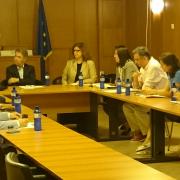
In the course of a working meeting attended by, inter alia, Ms Chrysoula Papadimitriou, Director for Rural Development and Food, Ms Evangelina Komenta, delegate to the OIV, Mr Yannis Voyatzis, President of the National Inter-Professional Organisation for Vines and Wine and Mr Theodore Georgopoulos, Director of the Greek Wine Federation, the Secretary-General spoke of Greece’s contribution to the work of the OIV (of which Greece has been a member since 1929) and confirmed the country’s unstinting support for the Organisation. He went on to speak of Greece’s firm intention to develop its viticulture by upgrading wines produced from native varieties, which are part of Greece’s historical heritage.
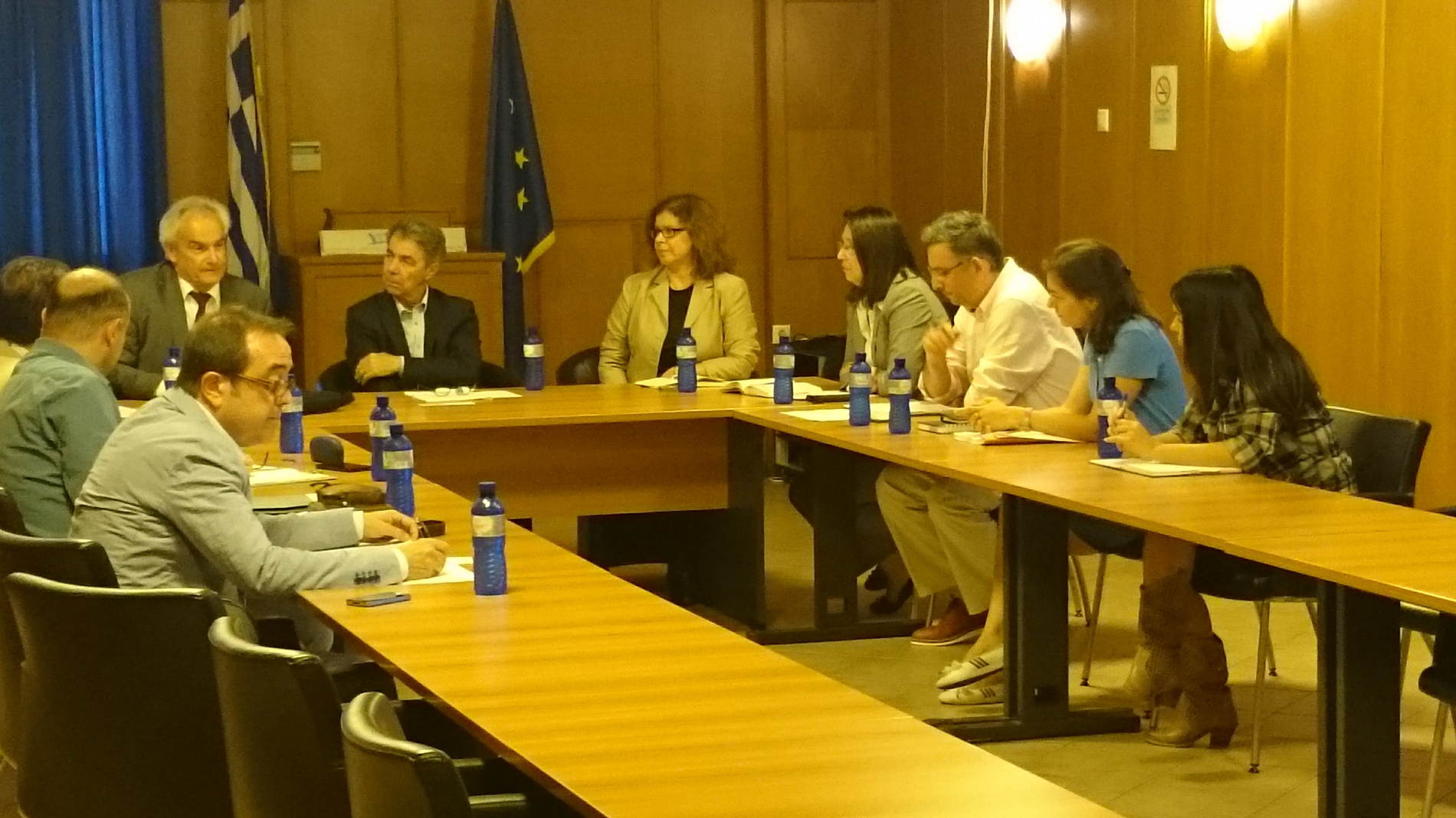
Mr Jean-Marie Aurand gave a presentation of the OIV’s Strategic Plan and expressed his pleasure at the active presence of Greek experts in the organisation and the delegation’s contribution to the decision-making process.
He drew attention to the importance the OIV attaches to maintaining the diversity of vine and wine production and improving and upgrading native varietal wines by means of the research and development programmes now being carried out in many countries.
With 110 000 hectares planted to vines, Greece produces some 3 million hectolitres of wine under highly varied soil and climatic conditions.
A land with a millenary wine tradition, Greece has succeeded in building up a modern viticulture sector with international vine varieties while at the same time continuing, from among nearly 300 local varieties, to produce unique wines based on Assyrtiko, Moschofilero, Agiorgitiko or Xinomavro grapes. It is also the land of the Cretan diet, based on cereals, olive oil, vegetables and world-renowned wines.

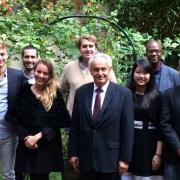
Following an introduction to the OIV and its activities by the various heads of unit, they were received by Director General Jean-Marie Aurand who stressed the original character of this training and the openings to which it gives rise, thanks to the network of universities and companies associated with it.
This diploma is unique in that its field of study is at one and the same time single-sector, multidisciplinary, itinerant, international and experimental, while drawing on one of today’s most highly developed networks in the wine world. Since 1987, more than 500 “movers and shakers” in the wine world have received this training.
Before the members of this class left OIV headquarters, Jean-Marie Aurand insisted on the international dimension of a course which every year enables students to discover more than 20 key countries in Planet Wine, situated on 5 continents.
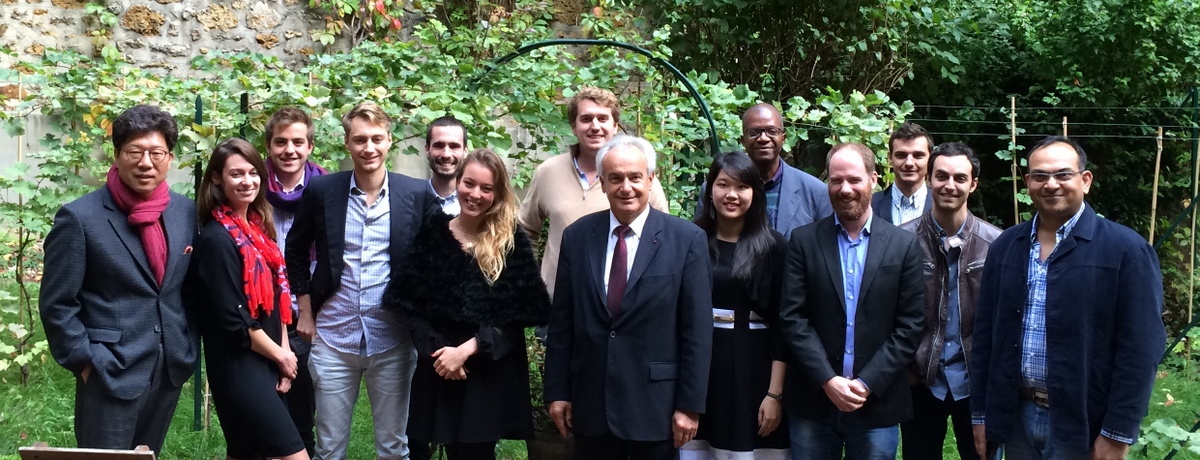
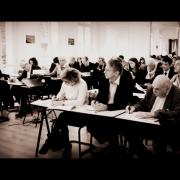
To attend this press conference, journalists are kindly asked to send an email with their name and their professional contact details to press@oiv.int.
Date: Wednesday 28 May 2015
Time: 11am
Location: International Organisation of Vine and Wine, (OIV), 18 Rue d'Aguesseau, Paris 75008 - Metro station Madeleine or Concorde

The 2015 edition awarded Trophies to the 14 best films selected from among 130 competing films from 16 countries. The 2015 awards confirm the international character of the Festival and go to productions from Australia, America, Belgium, Spain, France, Georgia, Mexico and Switzerland.
Consult the complete 2015 list of award winners for the best films on vines and wine
Consult the 2015 award for Terroirs d’Images
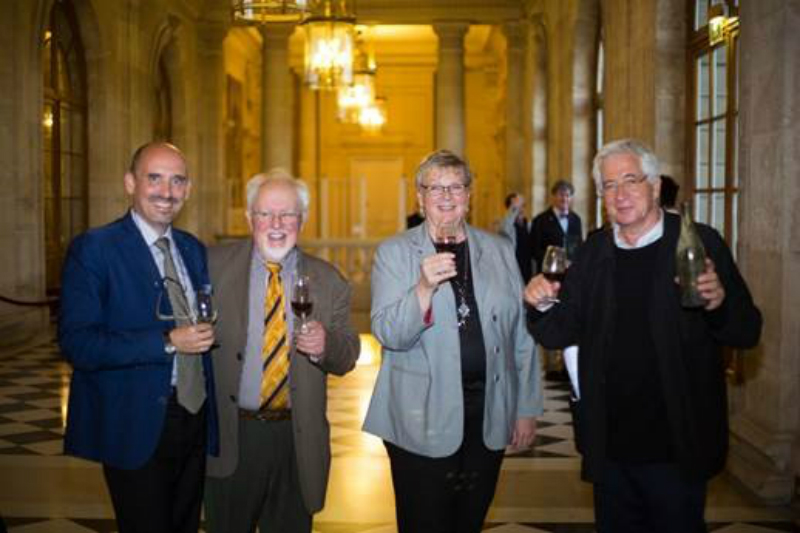
Yann Juban, Assistant to the Director General of the OIV, Henri Laurent Arnould, Director of the Revue des Oenologues, Monika Christmann, President of the OIV and Jacques Fansten, scriptwriter and Chairman of the Oenovidéo 2015 Grand Jury.
Photo: Samir Bahri
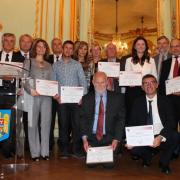
From 55 competing works and 17 countries represented, the OIV Award Jury, which met on 8 July in Mainz in Germany, under the Presidency of Ms Claudia Quini, gave out 9 Awards and 10 Special Mentions from the OIV.
Hosted by Mr Oleg Ungureanu, Chargé d'Affaires a.i. of the Romanian Embassy, the Awards Presentation Ceremony took place in the suites of the Hôtel de Béhague. It was attended by numerous representatives from the Diplomatic Corps; President of the OIV Award Jury, diplomat, poet and writer Mr František Lipka; OIV President Ms Monika Christmann; OIV Vice-President Ms Claudia Quini; OIV Director General Mr Jean-Marie Aurand and Scientific Secretary of the Award Jury Mr Jean-Luc Berger.
The 2015 Ceremony received the highest number of applications on record since the OIV Awards were created, confirming the renown and prestige of this international recognition.
The rigorous work of many specialised readers who evaluated all of these works gave the International Jury the necessary information to make their decisions, faced with the significant number of works submitted.
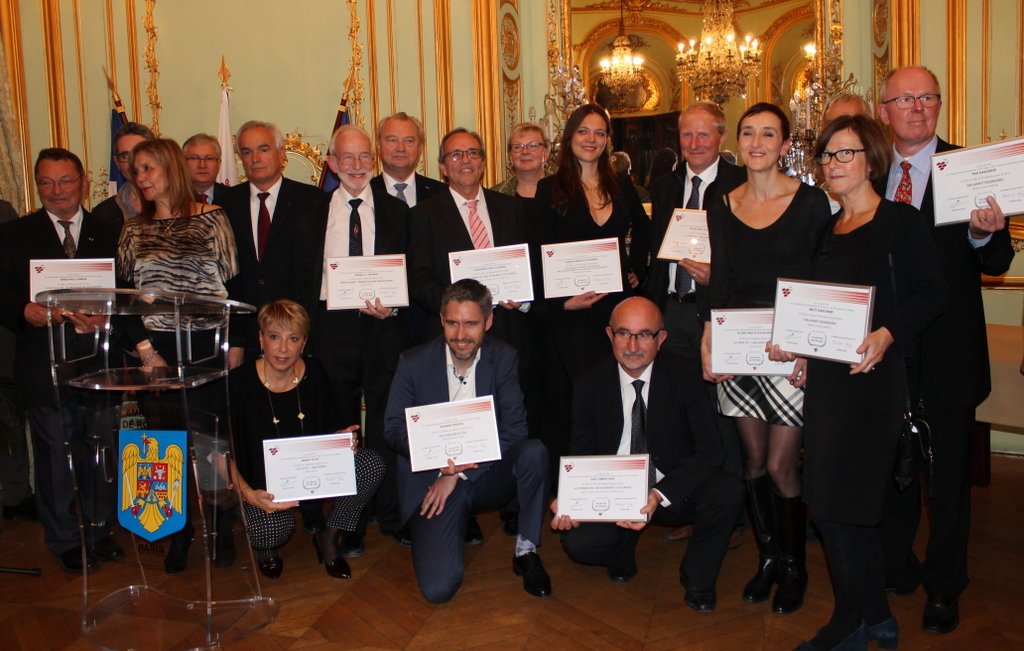
The authors and publishers were wholeheartedly thanked for their cultural, technical and scientific – or even hedonistic – contributions, each and every one of whose diverse approaches seeks to share a common passion for the vine and wine world.
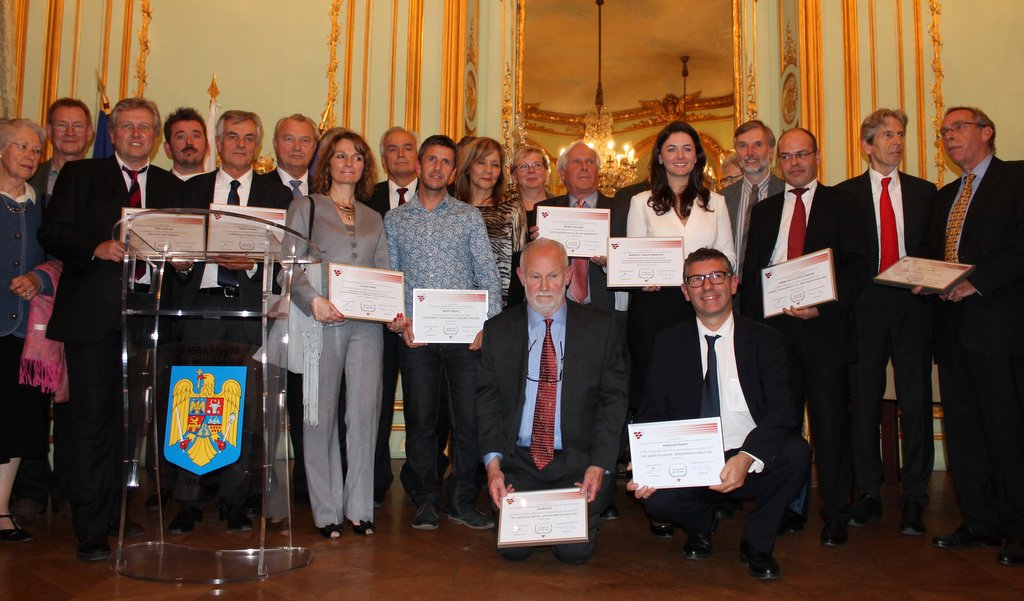
2015 Awards
Prize: Jury award
Category: Viticulture
« La vigne vol. 1 maladies fongiques »
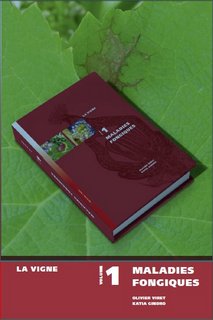
Olivier Viret and Katia Gindro
Switzerland
AMTRA editions
Category: Oenology
« Le bois & le vin - Les mystères de leur mariage »

Roger-Paul Dubrion
France
GFA Editions France Agricole
Category: Literature
« Σαν κρασι - san krasi »

Maria Tzitzi
Greece
Anubis Editions
Category: Wine and Health
« The Physician, the Drinker, and the Drunk - Wine’s Uses and Abuses in Late Medieval Natural Philosophy »
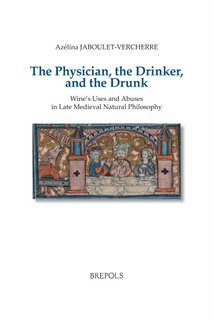
Azelina Jaboulet-Vercherre
Belgium
Brepols Publishers Editions
Category: Discovery and presentation of wines
« Vins de feu »
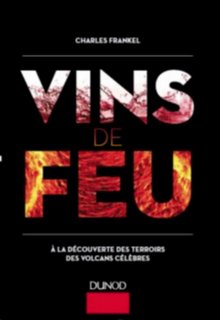
Charles Frankel
France
Dunod Editions
Category: Wines and Terroir
« Vinlandet Frankrike »
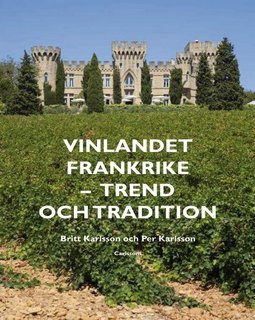
Britt Karlsson textes und Per Karlsson photographies
Sweden
Carlssons Bokförlag Editions
Category: Specialised studies
« Les parfums du vin »
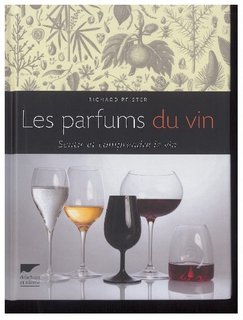
Richard Pfister
Switzerland
Delachaux and Niestlé Editions
Category: Acts of Symposia
« La economía del vino en españa y en el mundo »
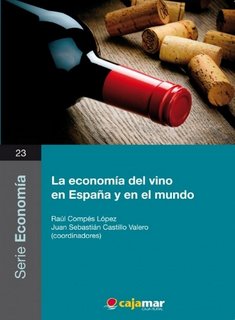
Raoul Compés López and J. Sebastián Castillo Valero
Spain
Cajamar Caja Rural, servicio de publicaciones Editions
Category: Encyclopedias
« Wine Science - Principles and Applications »
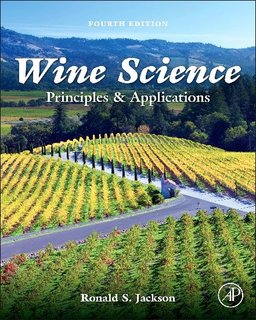
Ronald S. Jackson
United States of America
Elsevier Editions
Award: Special Mention
Category: Viticulture
« Biologischer Weinbau »
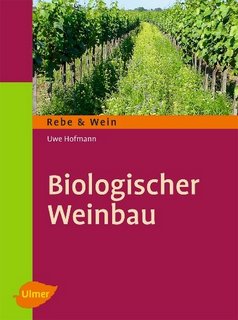
Uwe Hofmann
Germany
Ulmer Editions
« Changement climatique et terroirs viticoles »
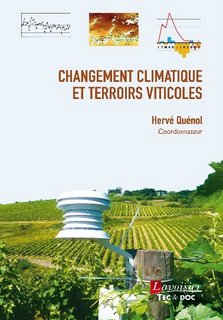
Coordinator Hervé Quénol
France
Lavoisier Editions
Category: Oenology
« Le SO2 en œnologie »

Jacques Blouin
France
Dunod Editions
Category: Vitivinicultural Economy
« Economie et management du vin - Wine Business Management »

Jérôme Gallo und Steve Charters
France
Pearson France Editions
Category: History and Fine Arts
« La Revolución Vitivinícola en Mendoza, 1885-1910. Las transformaciones en el territorio, la arquitectura y el paisaje »
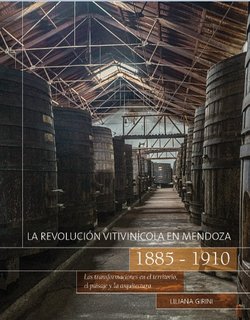
Liliana Girini
Argentina
Universidad de Mendoza Editions
« Il vino nella storia di Venezia »
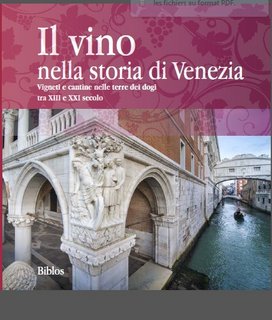
Carlo Favero, Coordinateur du collectif
Italy
Biblos Editions
Category: Discovery and Presentation of Wines
« Une année en CORTON - Rencontres en haut lieu »
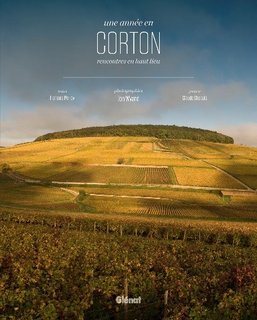
Jon Wyand photography, François Perroy texts
France
Glénat Editions
Category: Wine and Food
« 50 Vini di Romania incontrano 50 piatti italiani d’eccellenza - Vinuri românesti întâlnesc 50 preparate culinare italiene »
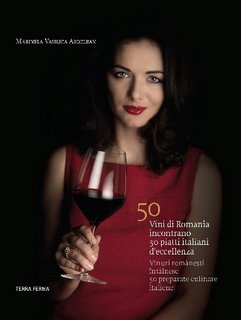
Marinela Vasilica Ardelean
Italy
Terra Ferma Editions
Category: Monograpies
« Bordeaux et ses Vins – 19e édition »
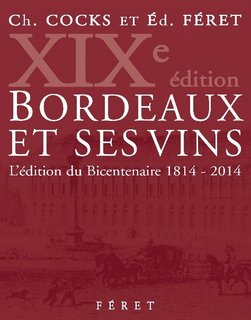
Authors represented by Bruno Boidron
France
Féret Editions
Category: Encyclopedias
« Encyclopédie des Caves de Champagne »
